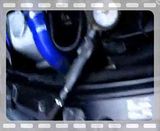Hello all,
Here is a guide I promised on how to make you own Boost leak tester from readily available items currently on the market. This is my latest version and works perfectly.
There are a few variations of these on the internet ranging from a tennis ball to a tin can, there not really that successful though. I made this as i have a lot of mods on my car and i wanted to be sure everything is was as it should be, boost leaks are little ba$tards to track down and the approach of replace every pipe in sight didn't sit well with me.So far before this i have diagnosed a faulty forge DV relocation hose(Forge replaced ASAP upon seeing the video)
Also please bare in mind this is for a 1.8t that uses 60-63mm boost hoses, you can get bigger/smaller pipes to suit other models, also use of a compressor is needed( or pop down to the local garage and use there air!)
What you will need
1.Tire value stem. http://www.jegs.com/i/Billet-Specialties/1...oductId=1256859 http://cgi.ebay.co.uk/4-x-Chrome-Tyres-Val...=item3a599ff168
2.PVC(wavin) 63mm OD pipe(called 2 inch wavin in most plumbing places)
3.PVC cap for pipe
4.PPFE aka plumber tape
Optional
5.PSI pressure guage http://cgi.ebay.co.uk/50mm-Pressure-Gauge-...=item3a5ac915aa
http://www.amazon.com/Ametek-0-30-General-...463&sr=1-11
6.Expoxy resin for beading the pipe.(any hardware store, a cold weld will also do)
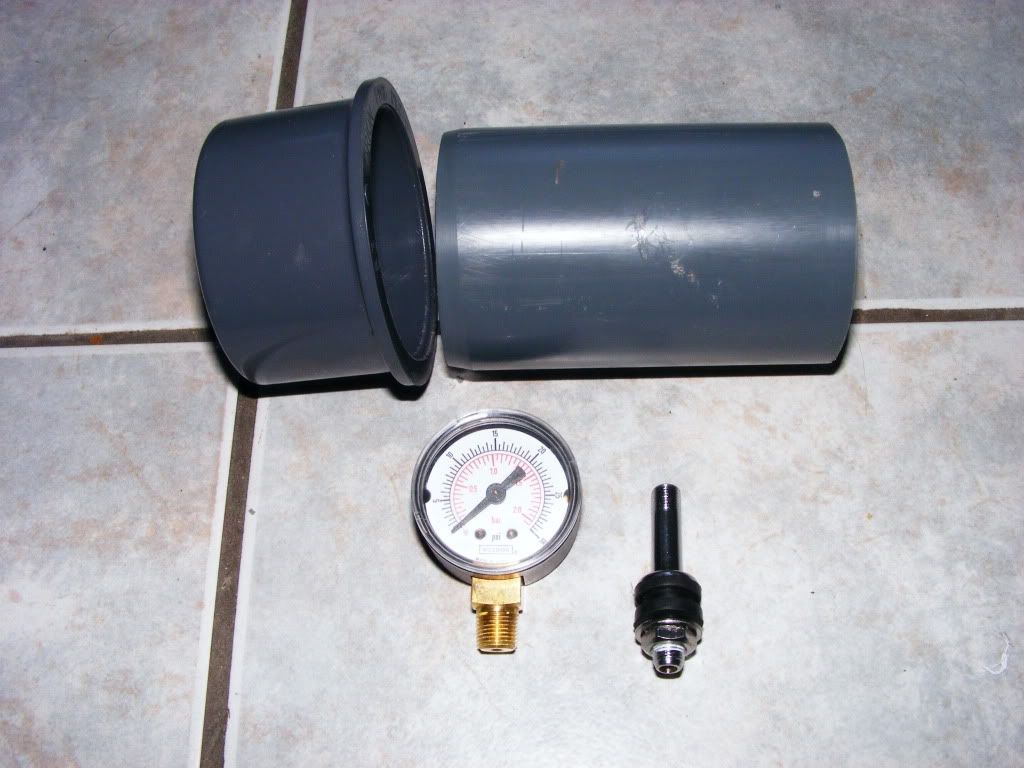
Cut the PVC to desired length, i cut miner to about 5" so i could get it into the IC pipe work nice and snug.
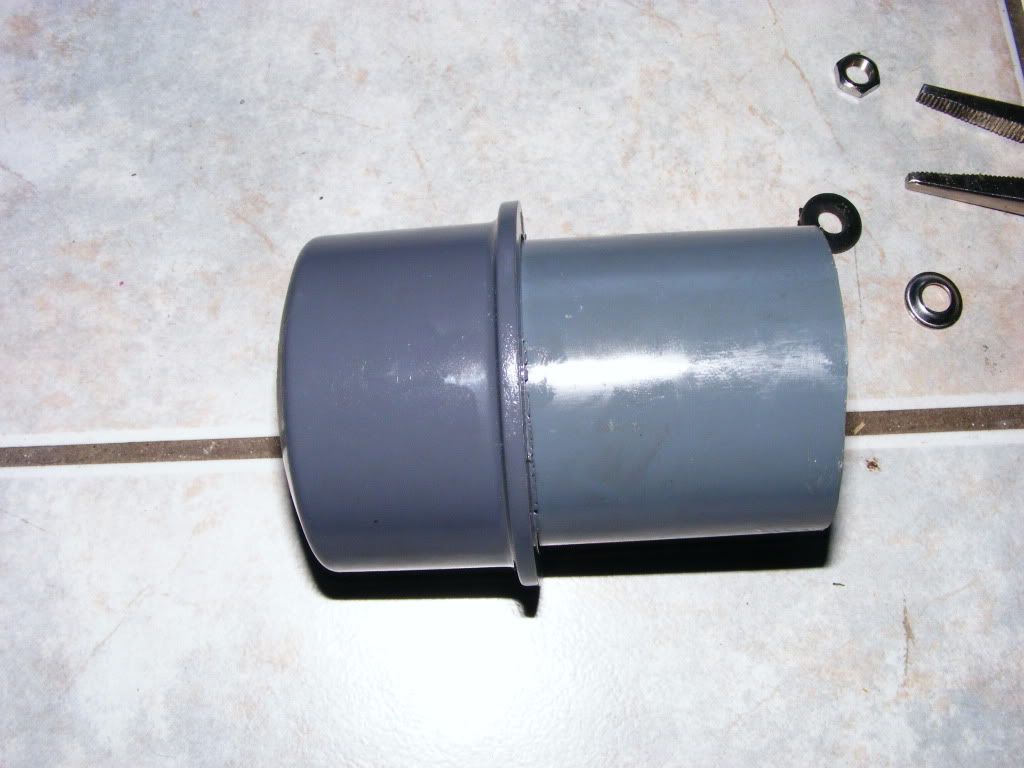
Then drill two holes in the top, one for the PSI gauge and one for the Valve stem. Make sure to measure twice and drill once, i drilled mine slightly smaller and let the guage
self tap itself,(tip, if you find it hard to get in, gently heat the plactic with a lighter) i also used PPFE tape(plumbers tape) around the threads on the valve stem and guage.
Also make sure to sand down the drilled holes so they are nice and smooth.

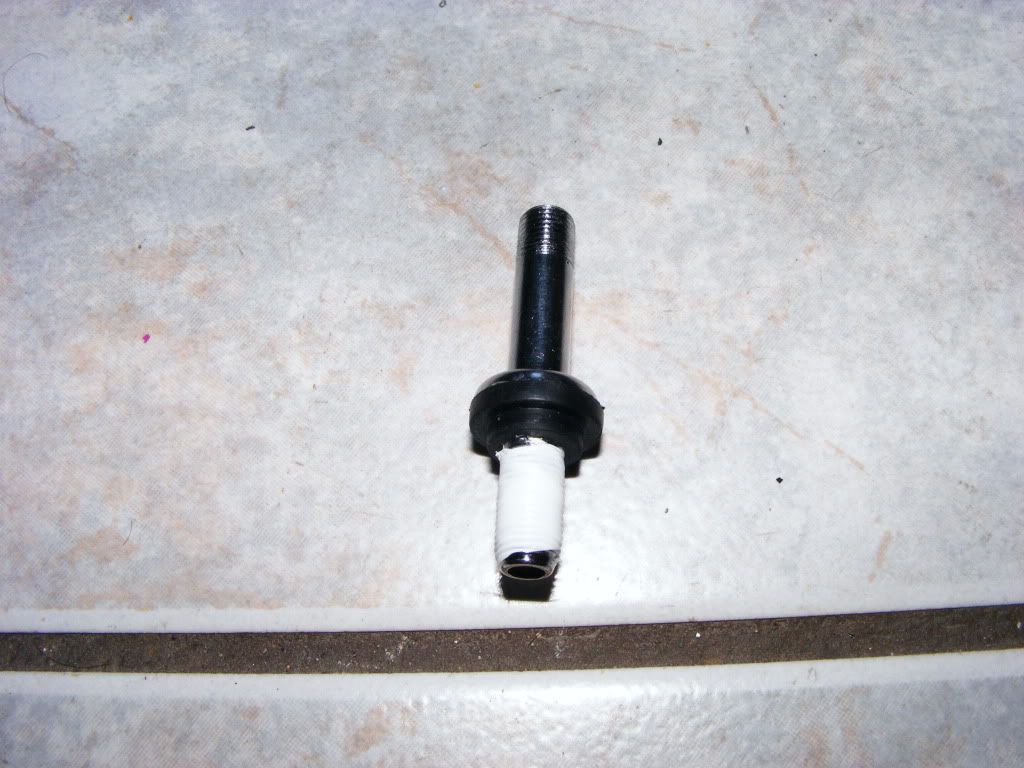
Inserting the Valve stem, you can use the rubber push in valve stem or the bolt in ones, I used the bolt in stem as i had one available.
With the Push in rubber stem, simply drill the hole to the same size as the lip in the rubber stem, they should be self sealing.
For the bolt on, simply drill the hole the same diameter as the lip in the rubber part of the bolt, insert and tighten.
Its the same for the PSI gauge.

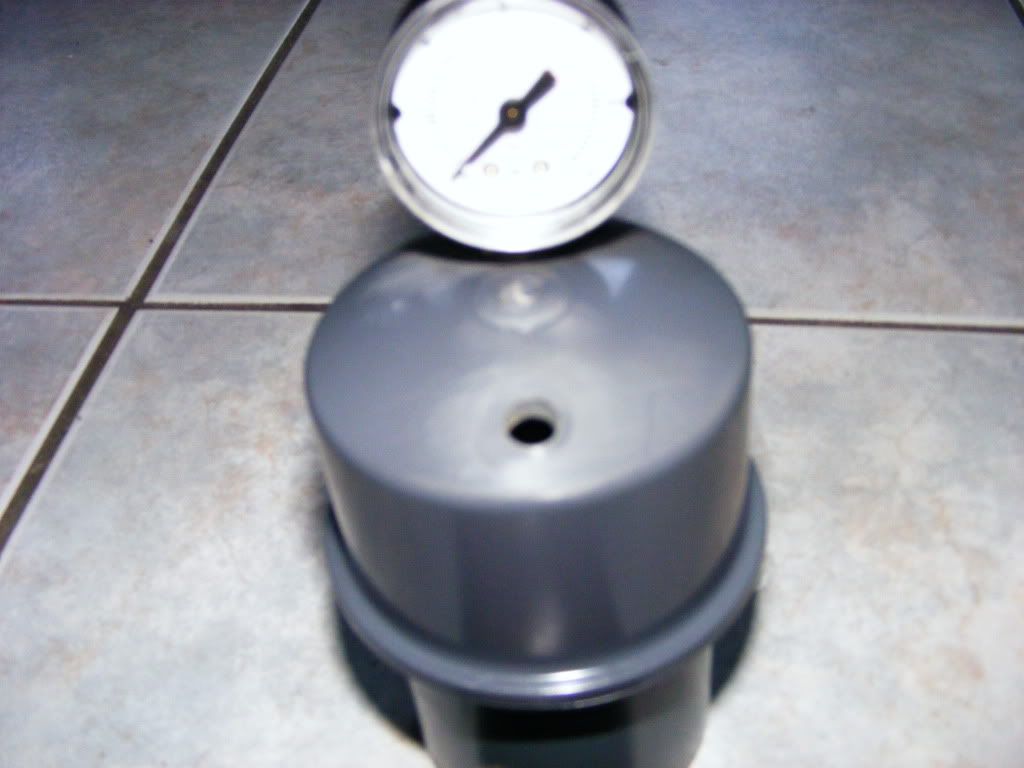
When you have the PSI Gauge and Valve stem inserted, simply put the cap on the PVC pipe, push it in as far as it will go, you should add a small
bit of glue if needed and it should seal itself very tight, if it does not create an air tight seal, use some silicon that you can get in any store, woodies etc.
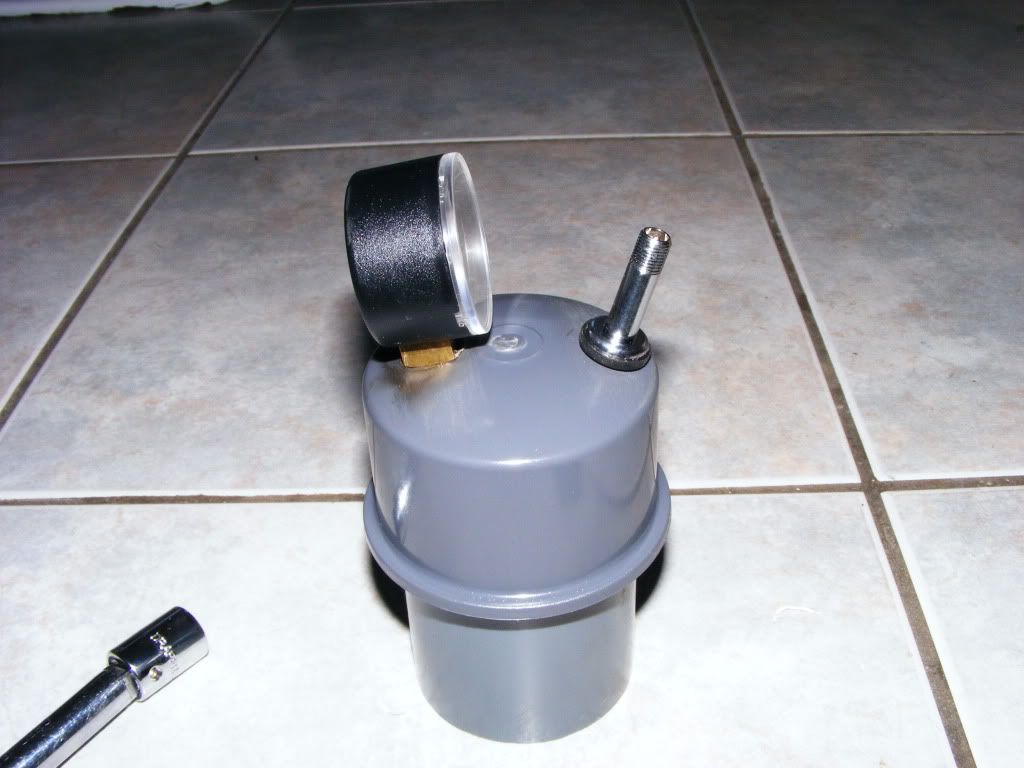
Optional:
In my guide i put some epoxy resin around the end and left it harden, this is simply there to stop the tester blowing off under pressure.
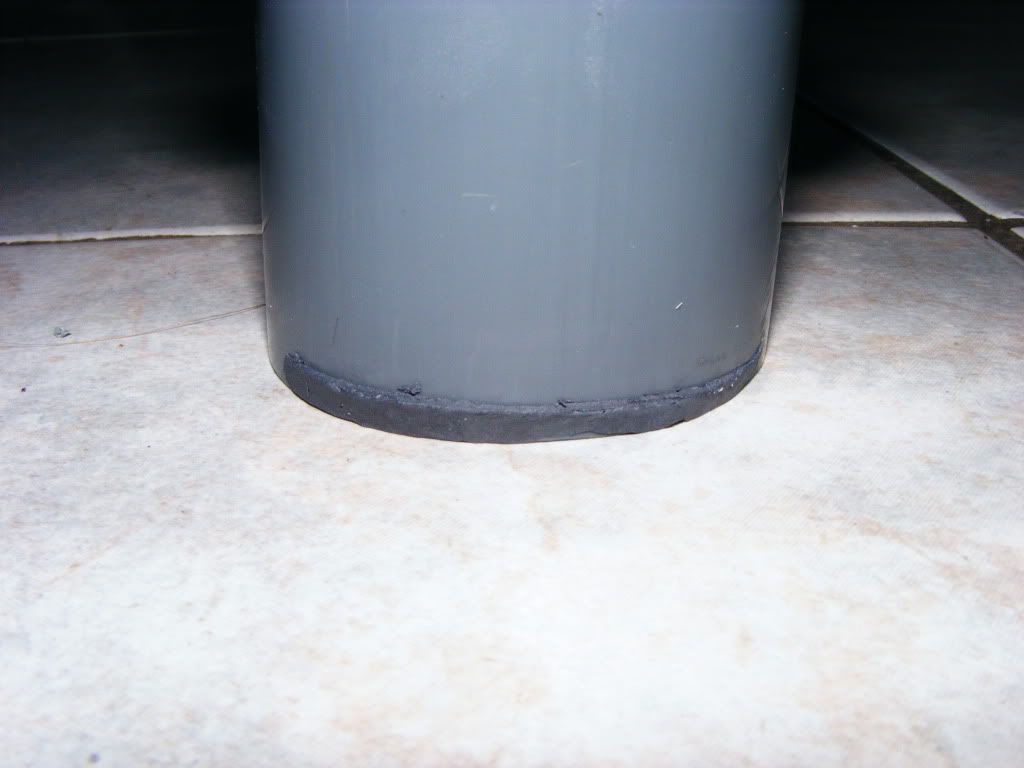
This is what it will look like when interested into you boost hose and the clamp tightened.

And finally some vids of how to use it.
I hope you all find this beneficial is diagnosing those pesky boost leaks that rob us of power, smooth running and generally give us a pain in the backside.
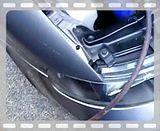
@Mods please move this to what ever section you feel it better fits if needed.
P.S 22seconds into the first vid i meant to say, "compressor" not "generator", my bad :-(
Part 2 of the video is below:
Here is a guide I promised on how to make you own Boost leak tester from readily available items currently on the market. This is my latest version and works perfectly.
There are a few variations of these on the internet ranging from a tennis ball to a tin can, there not really that successful though. I made this as i have a lot of mods on my car and i wanted to be sure everything is was as it should be, boost leaks are little ba$tards to track down and the approach of replace every pipe in sight didn't sit well with me.So far before this i have diagnosed a faulty forge DV relocation hose(Forge replaced ASAP upon seeing the video)
Also please bare in mind this is for a 1.8t that uses 60-63mm boost hoses, you can get bigger/smaller pipes to suit other models, also use of a compressor is needed( or pop down to the local garage and use there air!)
What you will need
1.Tire value stem. http://www.jegs.com/i/Billet-Specialties/1...oductId=1256859 http://cgi.ebay.co.uk/4-x-Chrome-Tyres-Val...=item3a599ff168
2.PVC(wavin) 63mm OD pipe(called 2 inch wavin in most plumbing places)
3.PVC cap for pipe
4.PPFE aka plumber tape
Optional
5.PSI pressure guage http://cgi.ebay.co.uk/50mm-Pressure-Gauge-...=item3a5ac915aa
http://www.amazon.com/Ametek-0-30-General-...463&sr=1-11
6.Expoxy resin for beading the pipe.(any hardware store, a cold weld will also do)

Cut the PVC to desired length, i cut miner to about 5" so i could get it into the IC pipe work nice and snug.

Then drill two holes in the top, one for the PSI gauge and one for the Valve stem. Make sure to measure twice and drill once, i drilled mine slightly smaller and let the guage
self tap itself,(tip, if you find it hard to get in, gently heat the plactic with a lighter) i also used PPFE tape(plumbers tape) around the threads on the valve stem and guage.
Also make sure to sand down the drilled holes so they are nice and smooth.


Inserting the Valve stem, you can use the rubber push in valve stem or the bolt in ones, I used the bolt in stem as i had one available.
With the Push in rubber stem, simply drill the hole to the same size as the lip in the rubber stem, they should be self sealing.
For the bolt on, simply drill the hole the same diameter as the lip in the rubber part of the bolt, insert and tighten.
Its the same for the PSI gauge.


When you have the PSI Gauge and Valve stem inserted, simply put the cap on the PVC pipe, push it in as far as it will go, you should add a small
bit of glue if needed and it should seal itself very tight, if it does not create an air tight seal, use some silicon that you can get in any store, woodies etc.

Optional:
In my guide i put some epoxy resin around the end and left it harden, this is simply there to stop the tester blowing off under pressure.

This is what it will look like when interested into you boost hose and the clamp tightened.

And finally some vids of how to use it.
I hope you all find this beneficial is diagnosing those pesky boost leaks that rob us of power, smooth running and generally give us a pain in the backside.

@Mods please move this to what ever section you feel it better fits if needed.
P.S 22seconds into the first vid i meant to say, "compressor" not "generator", my bad :-(
Part 2 of the video is below:
Last edited:


